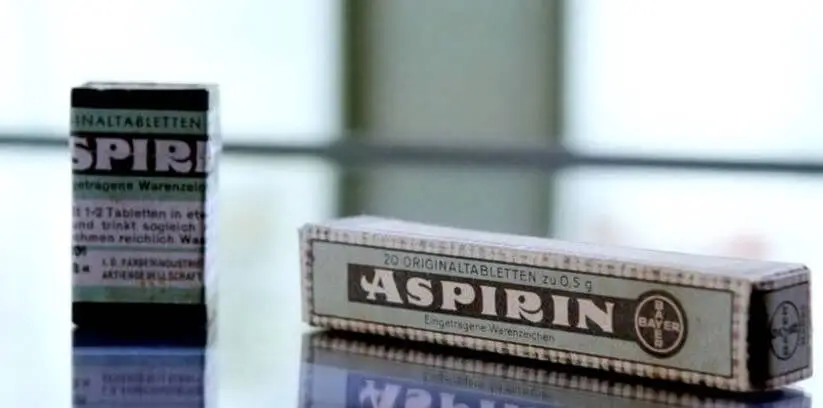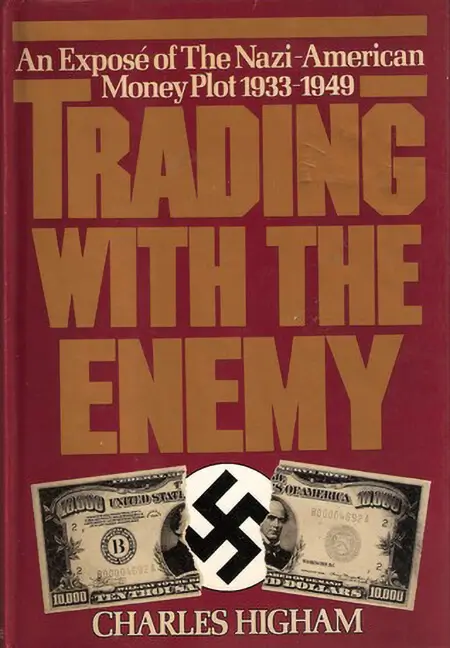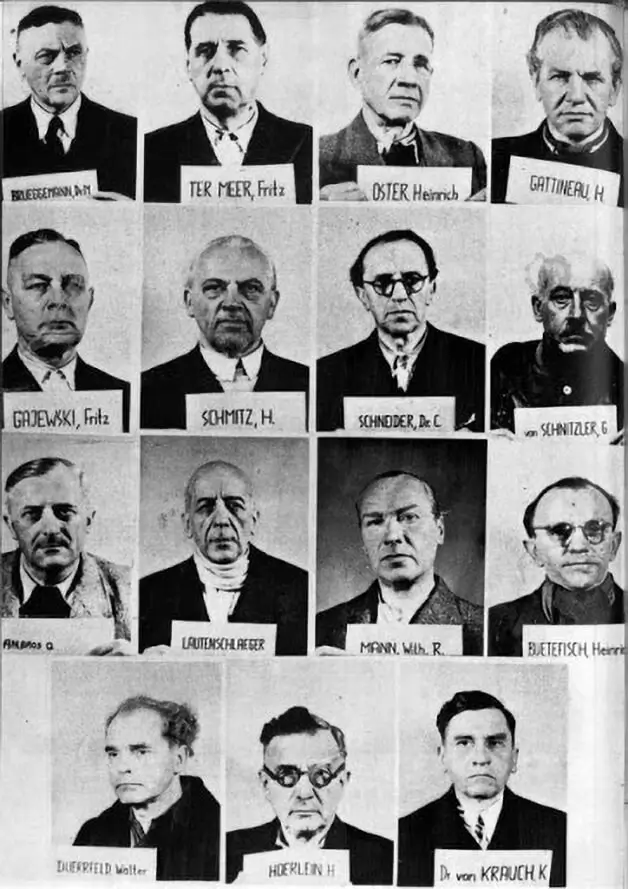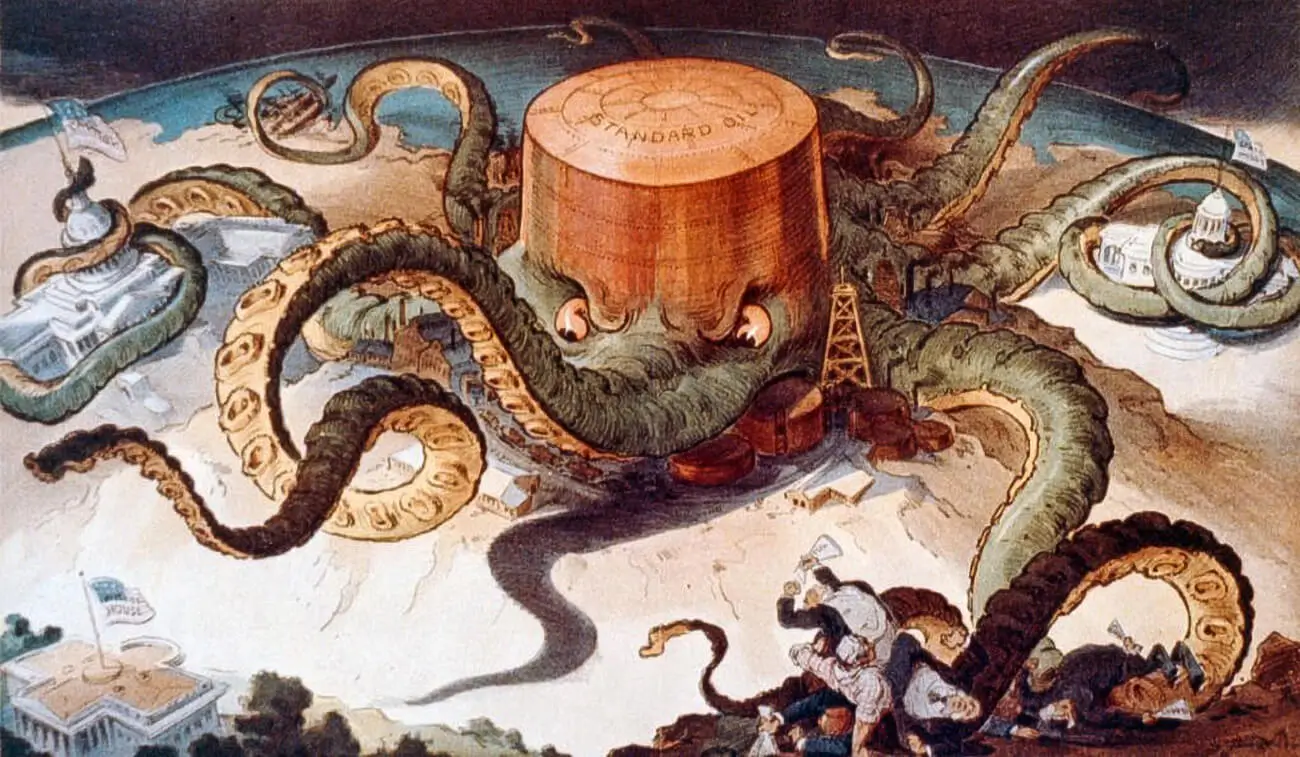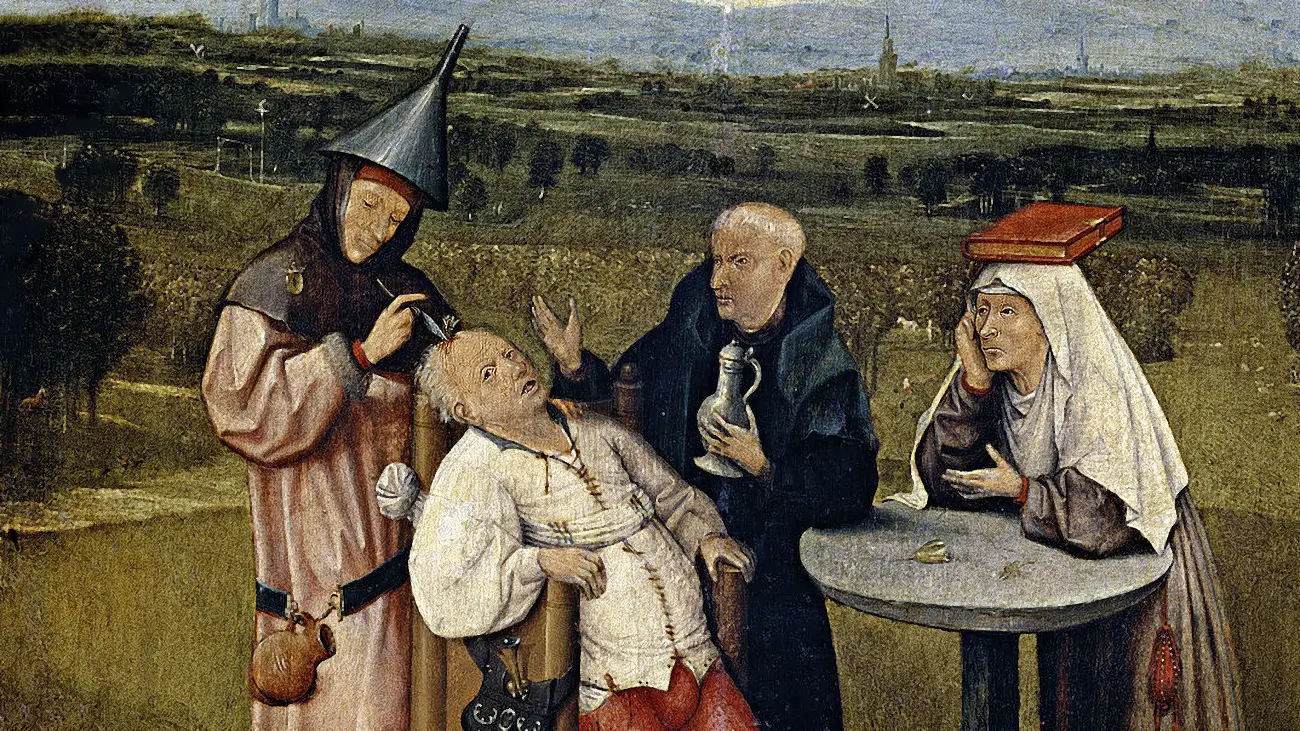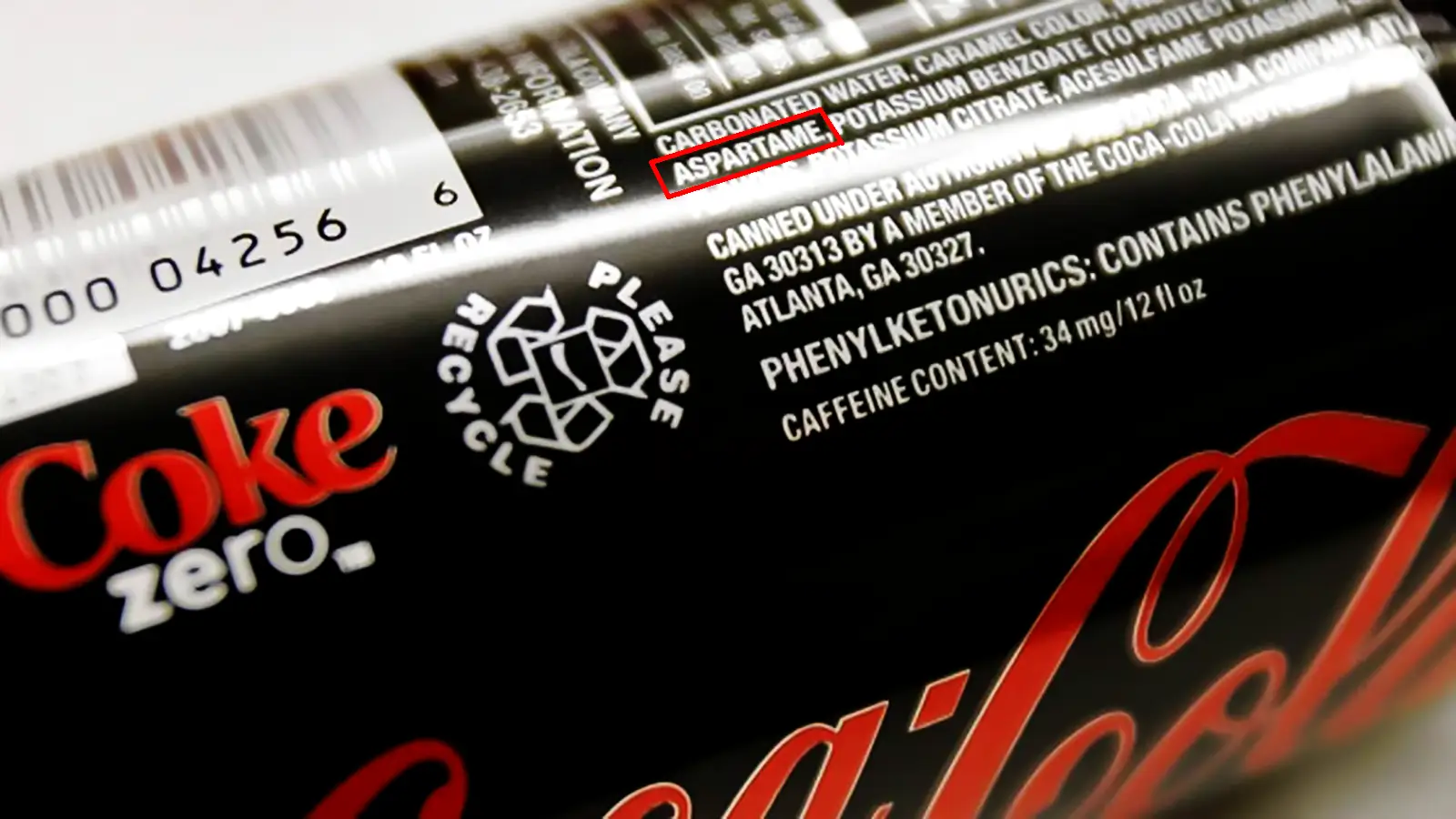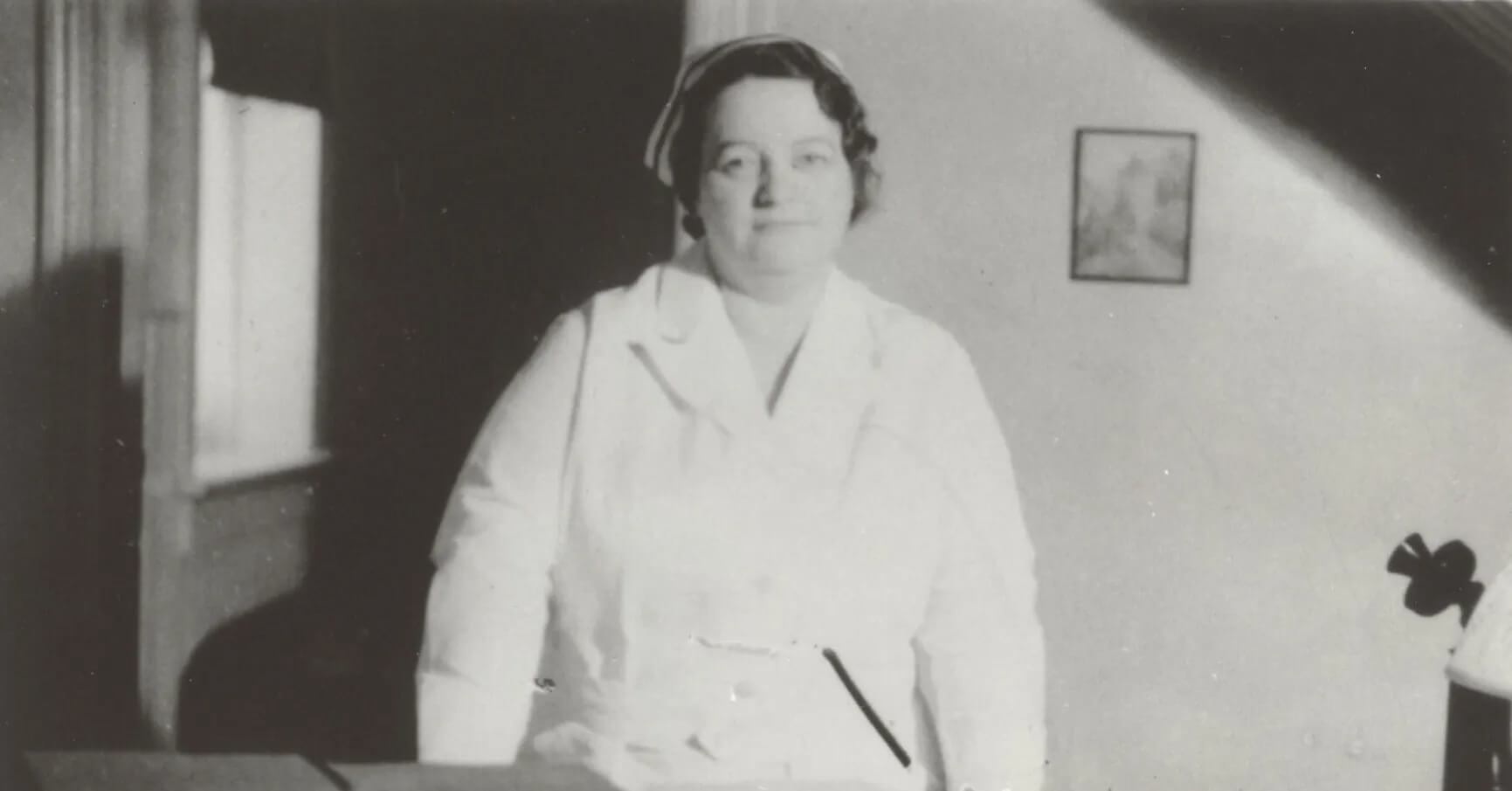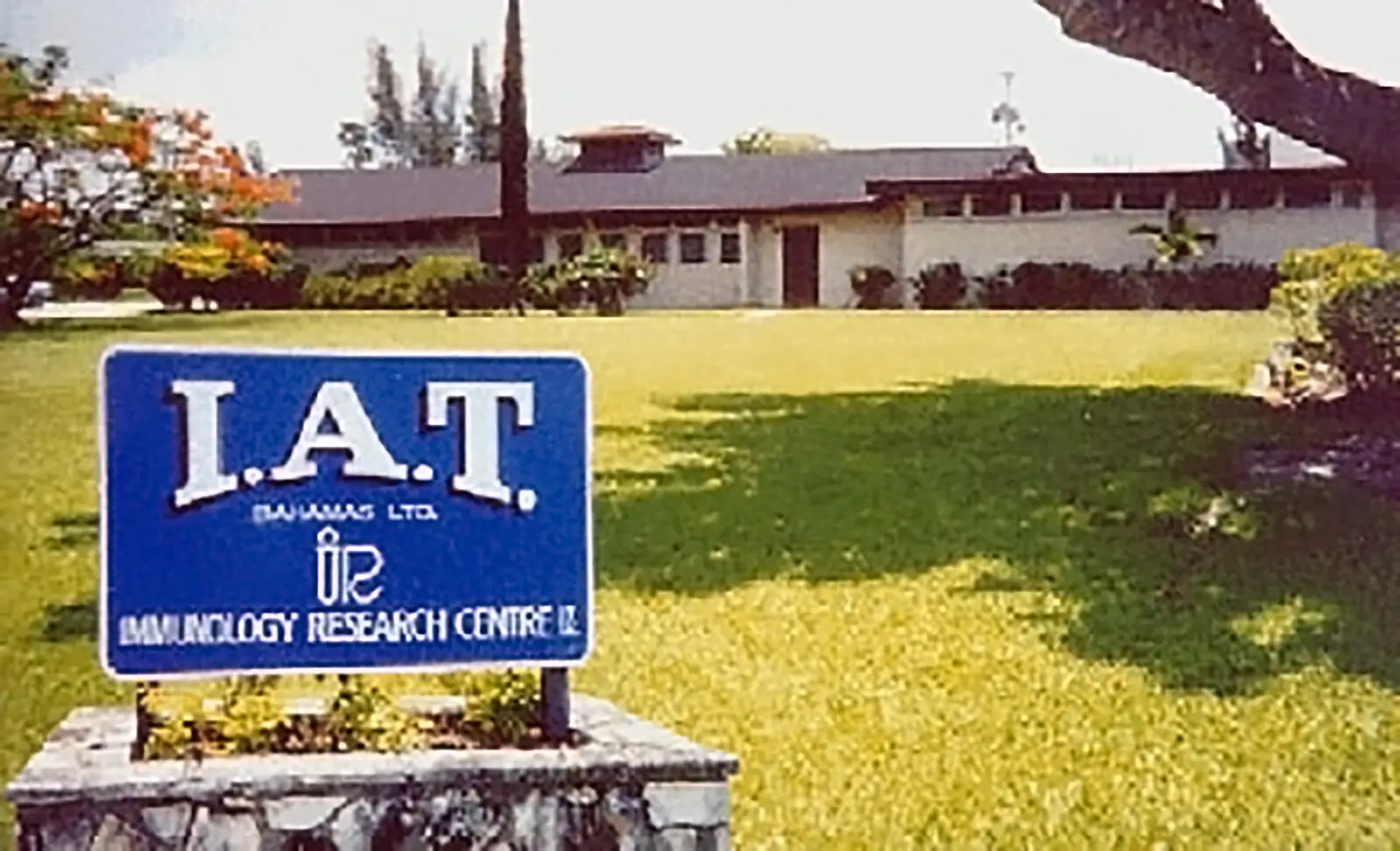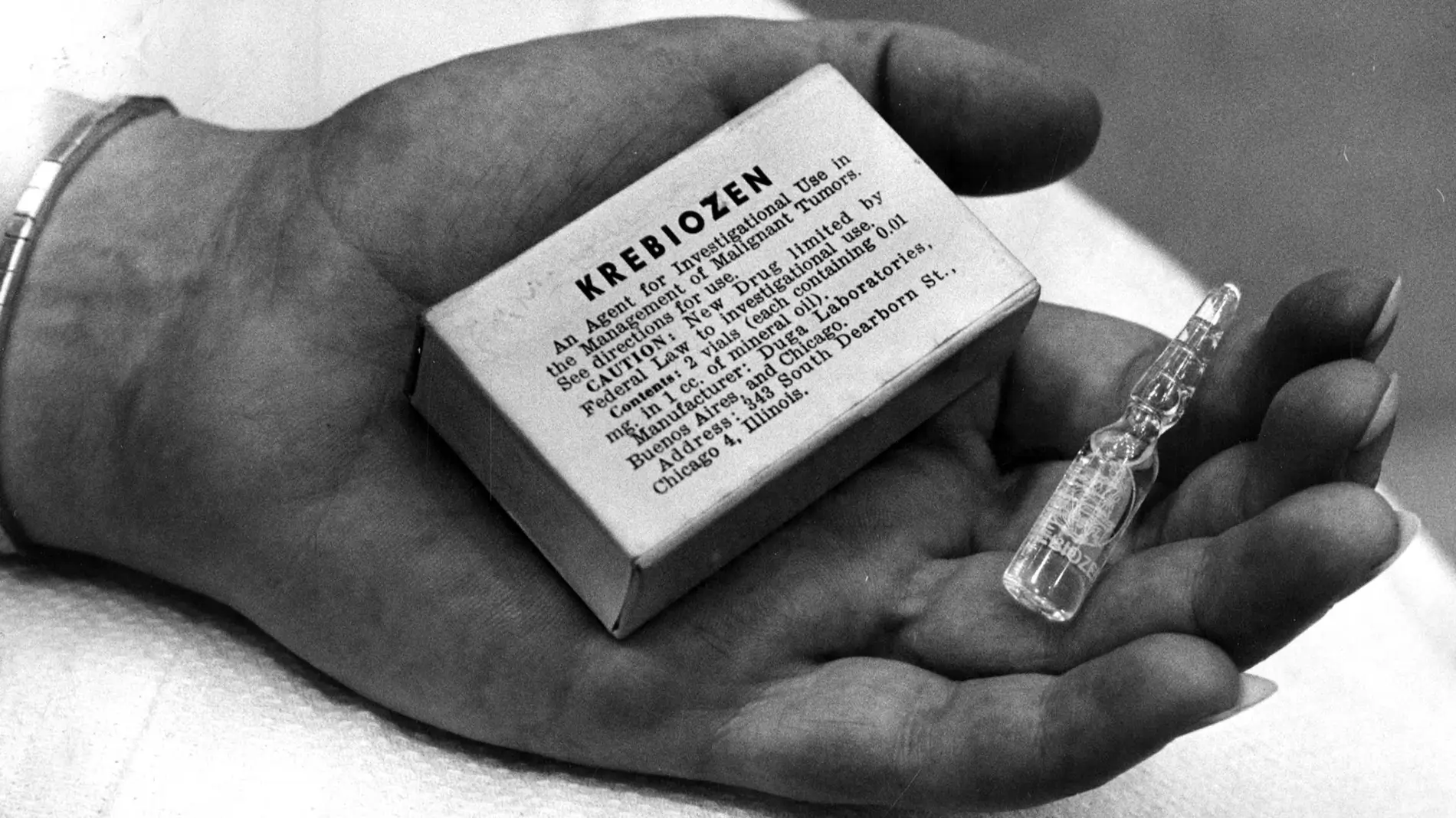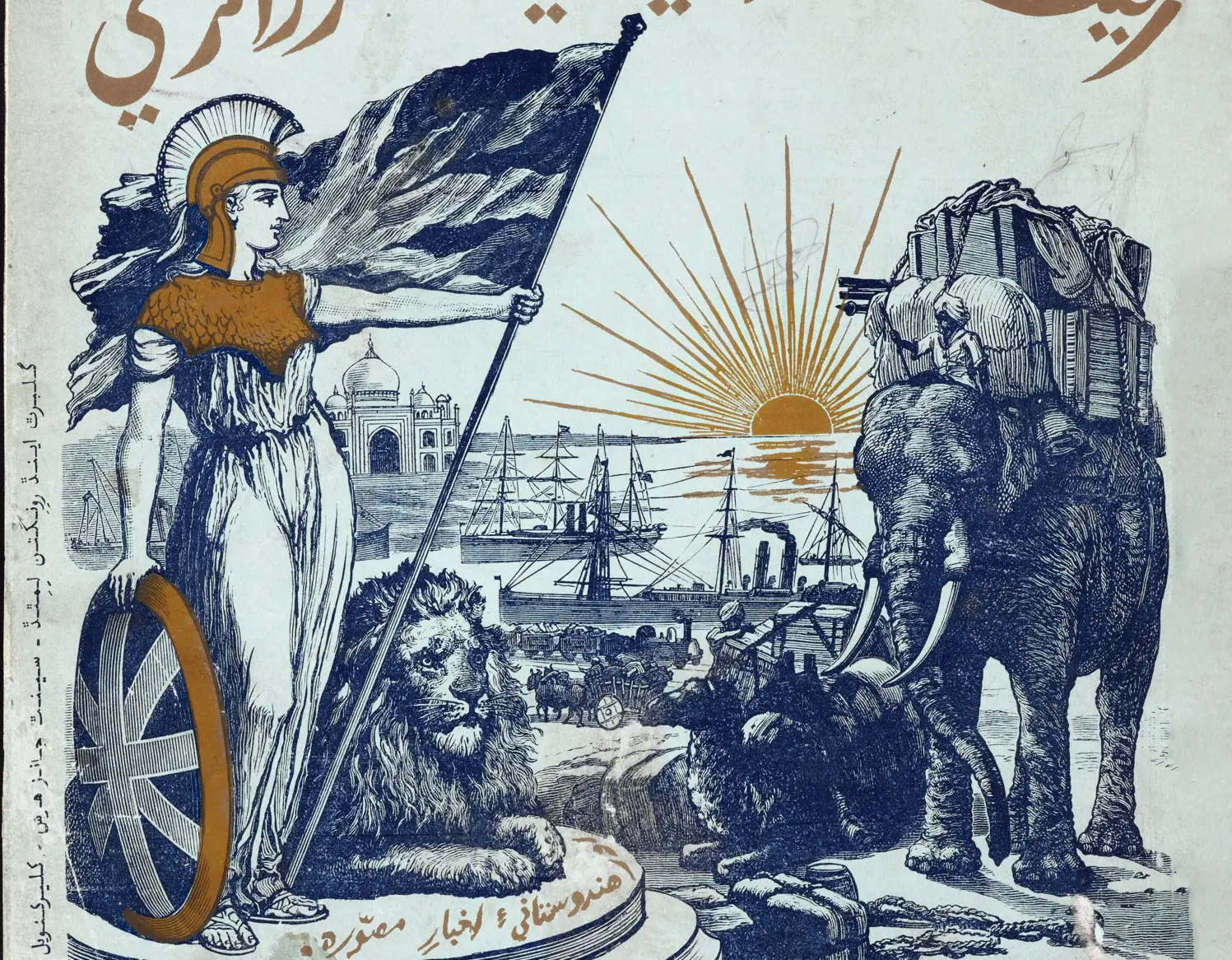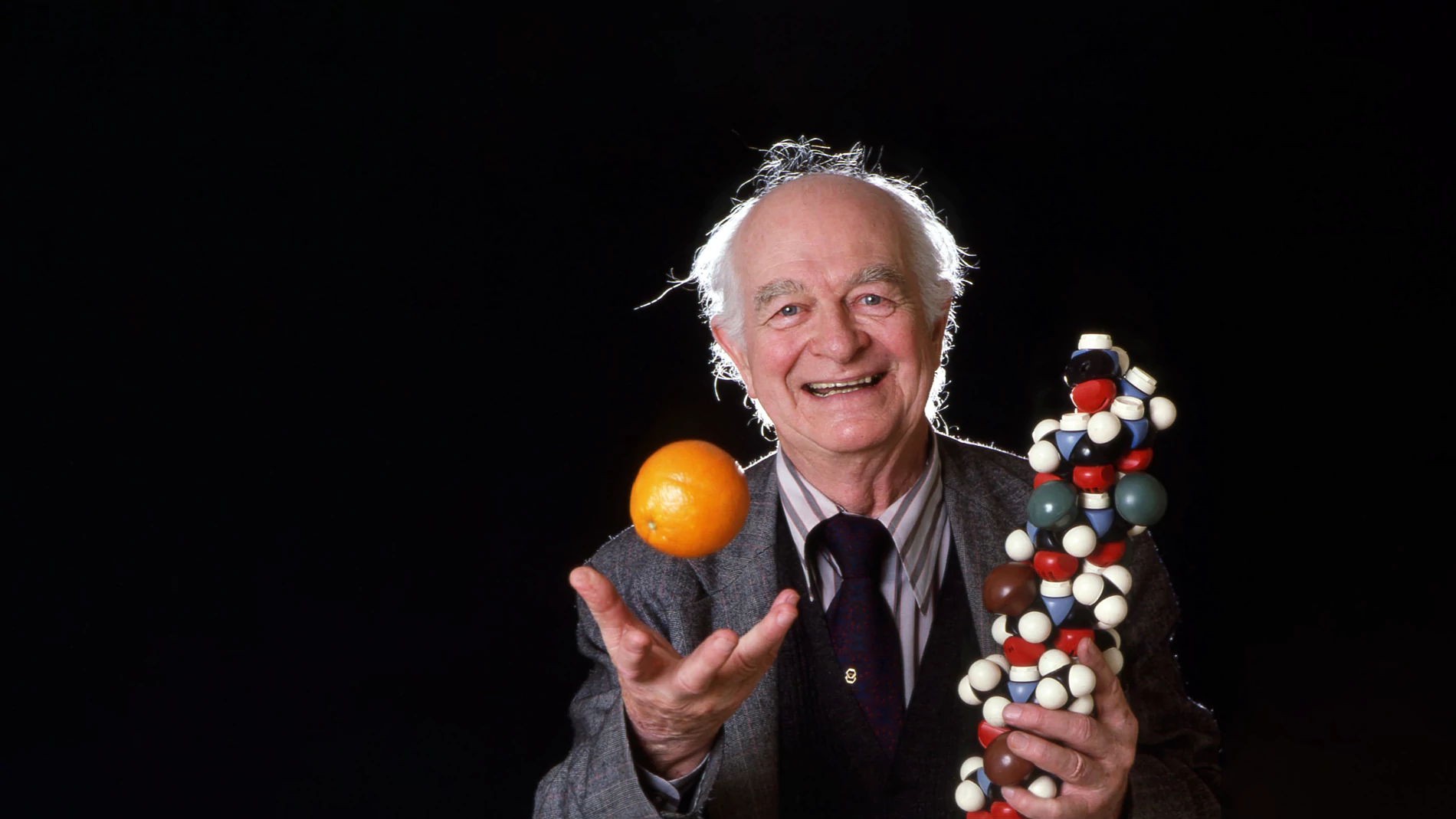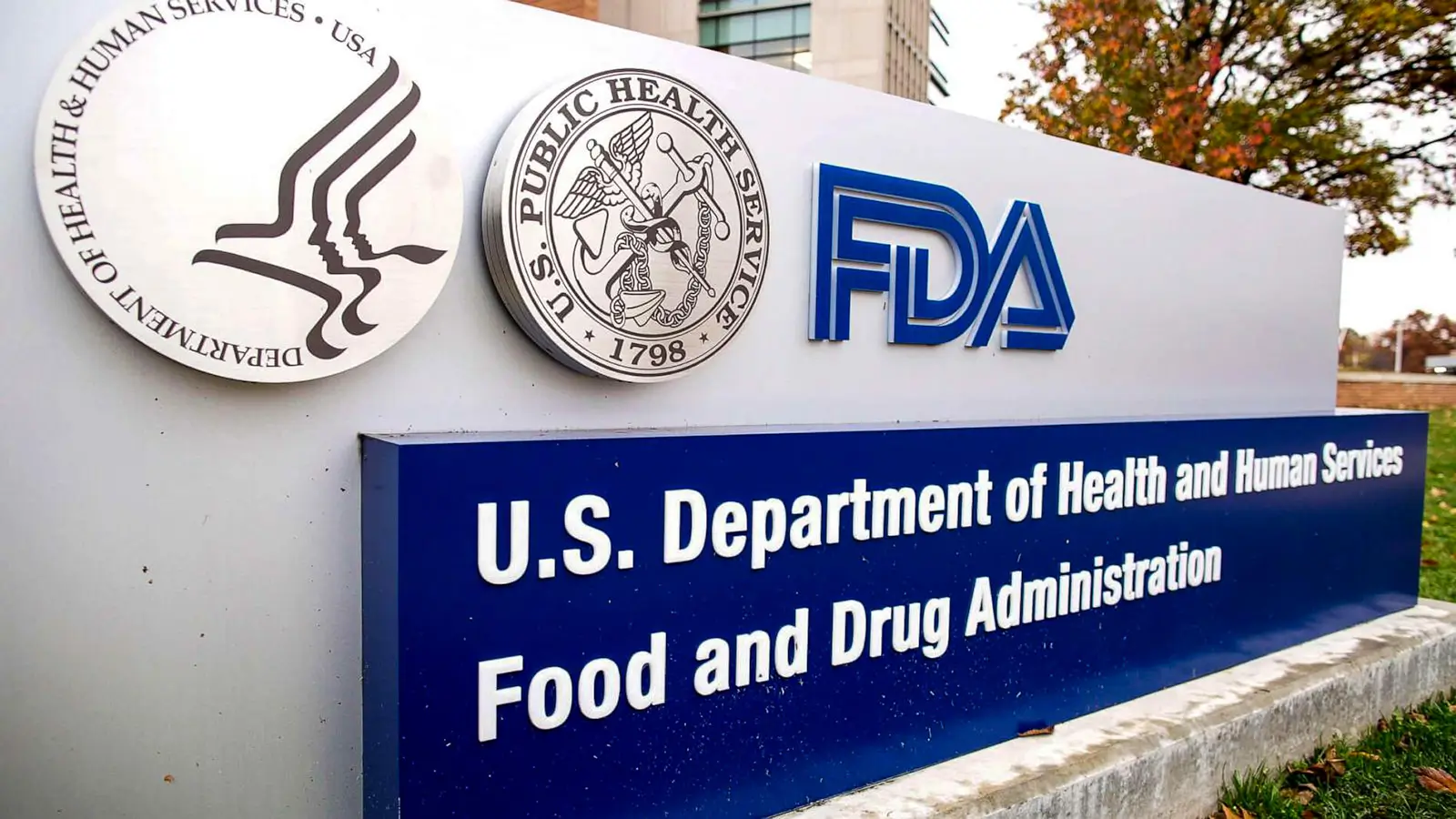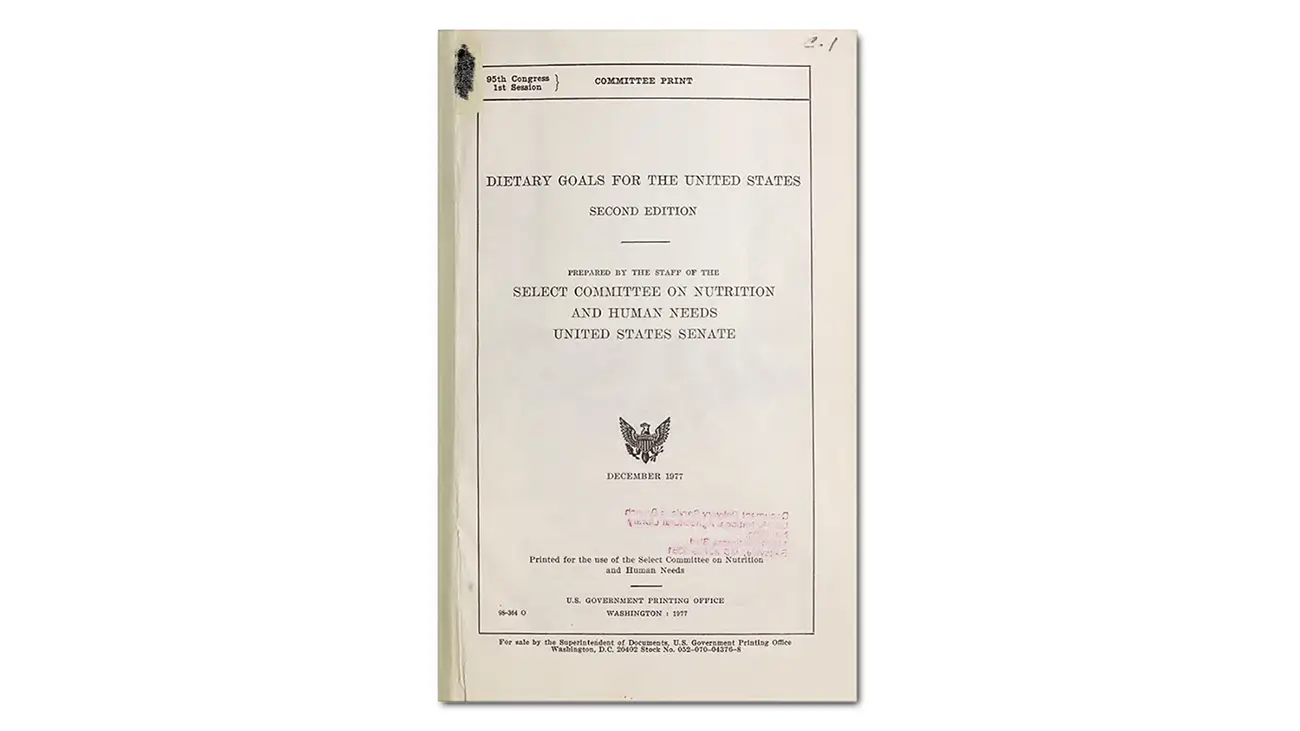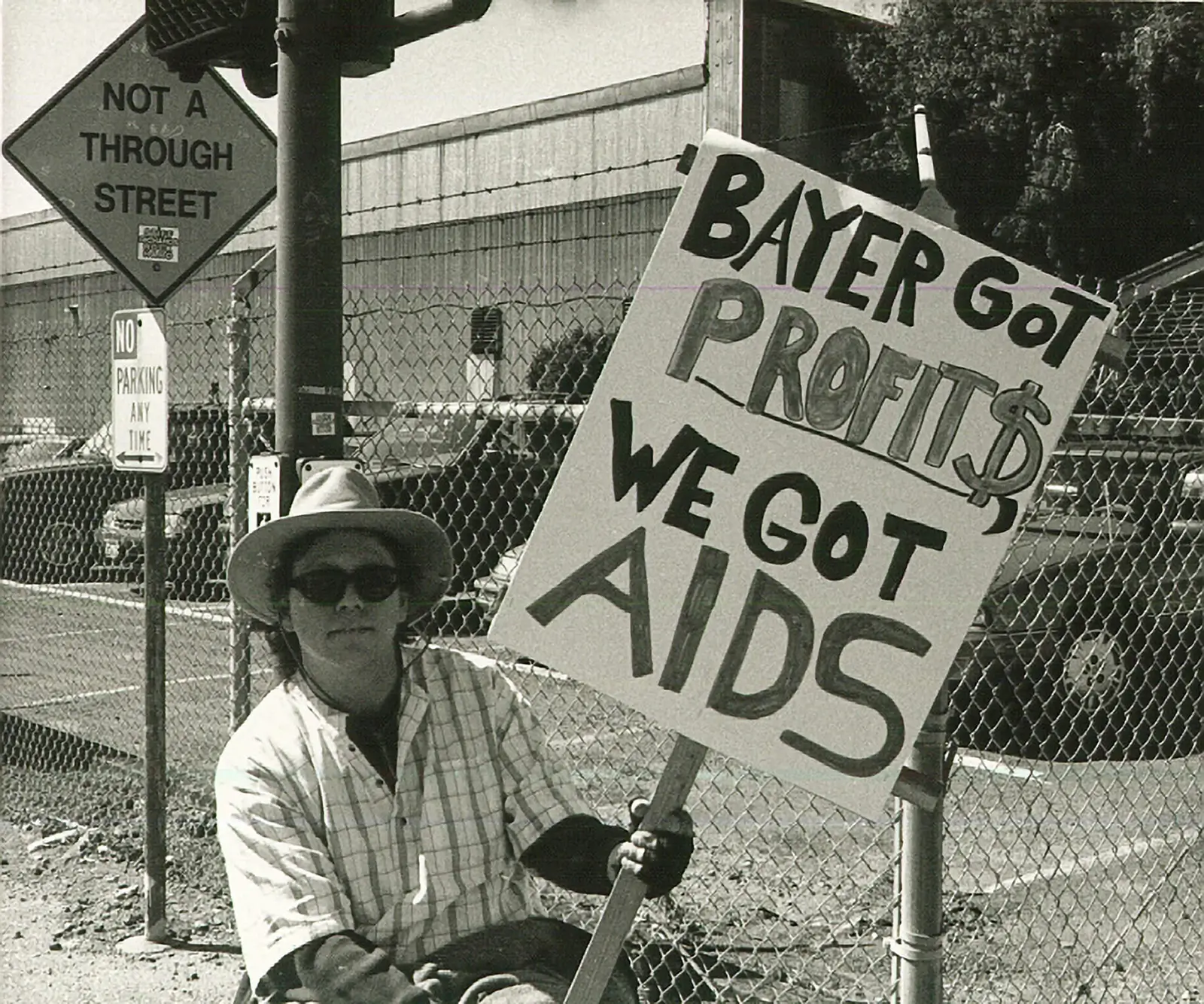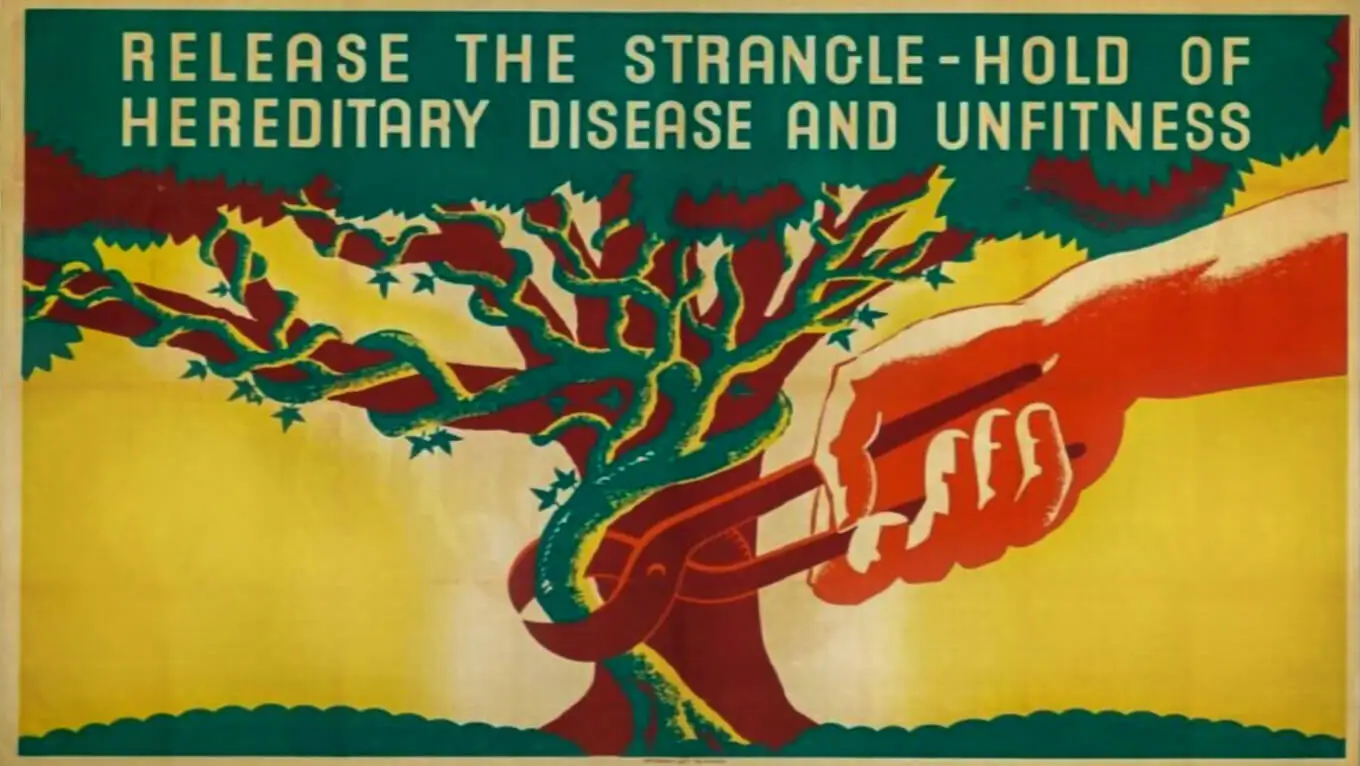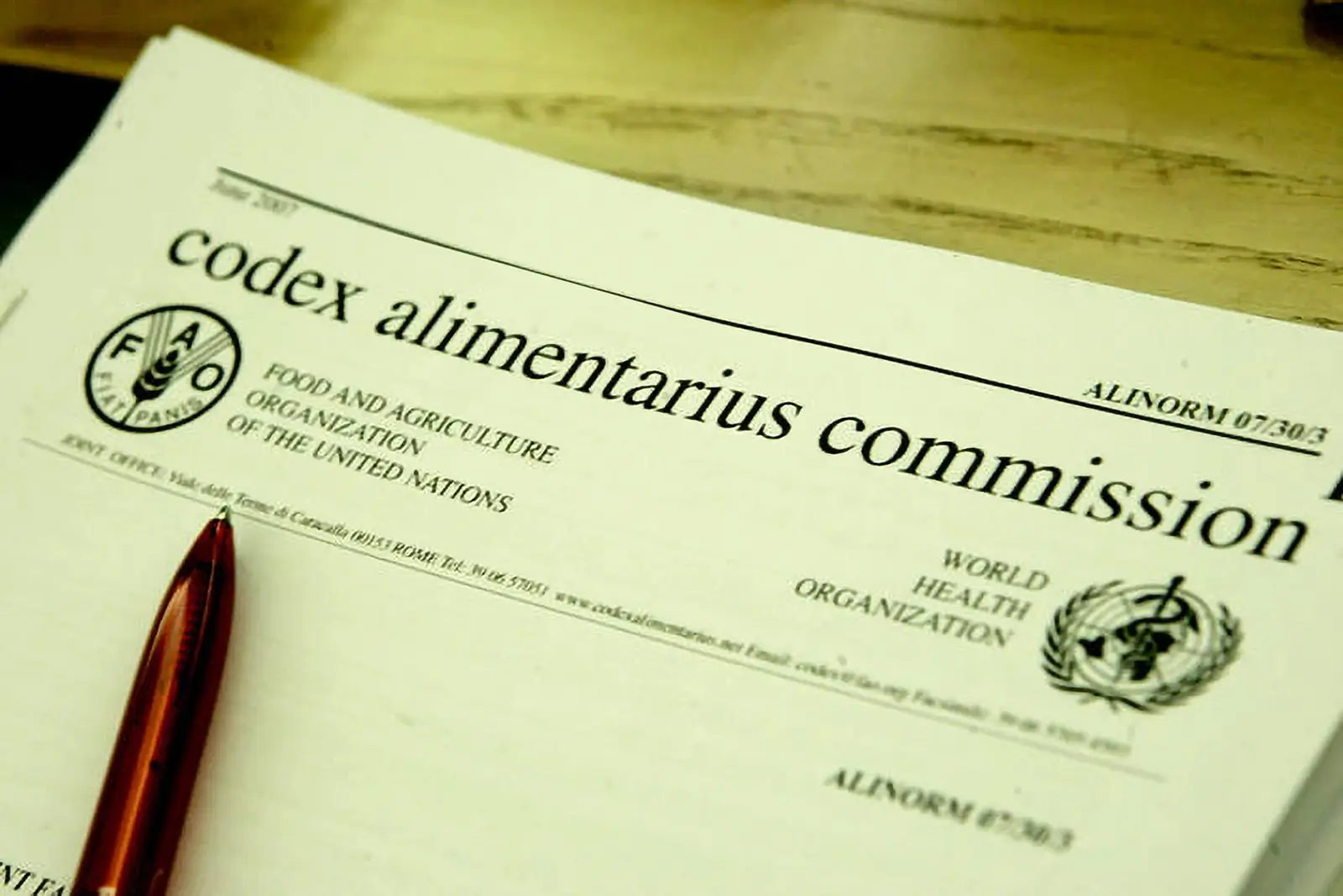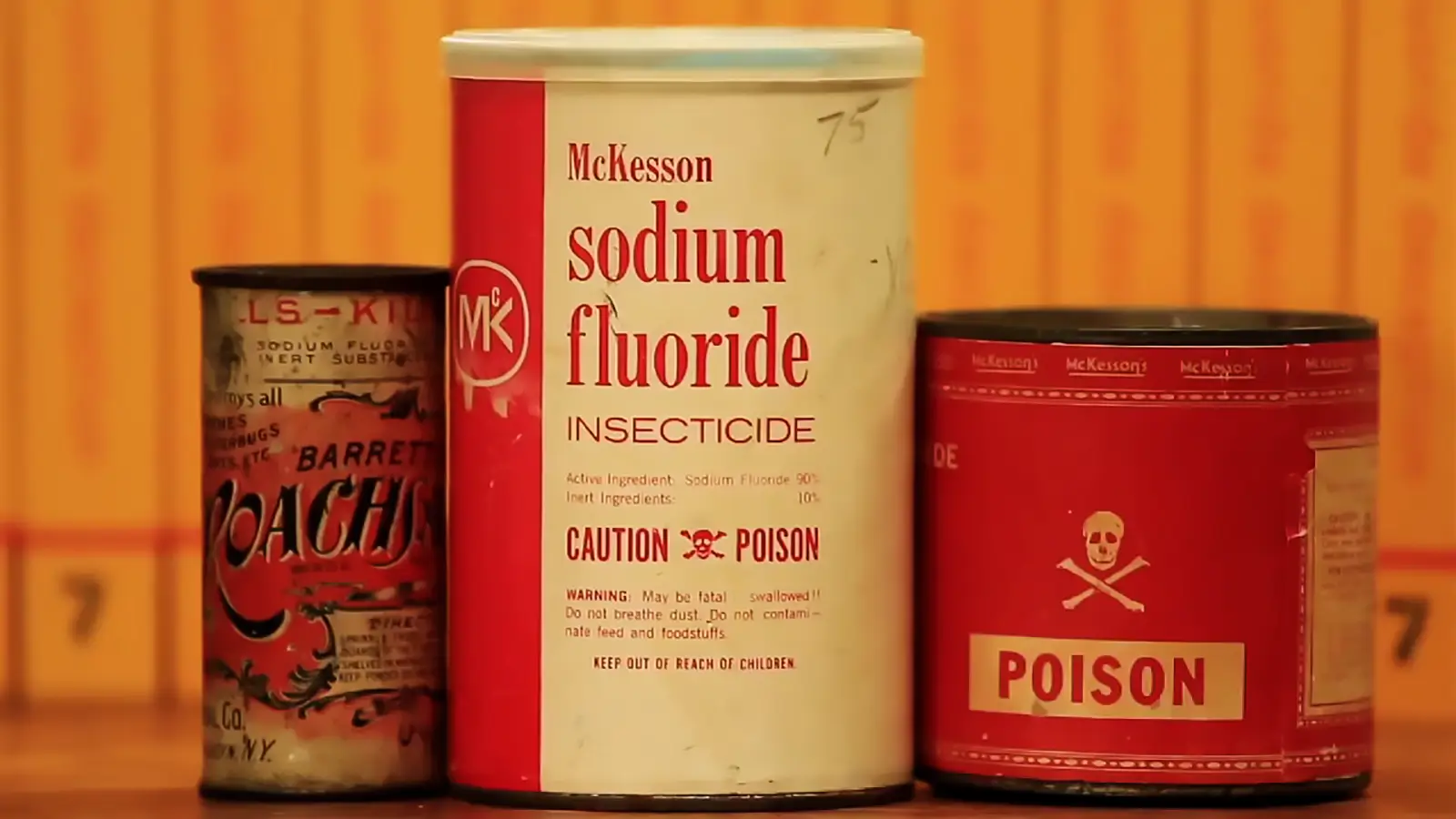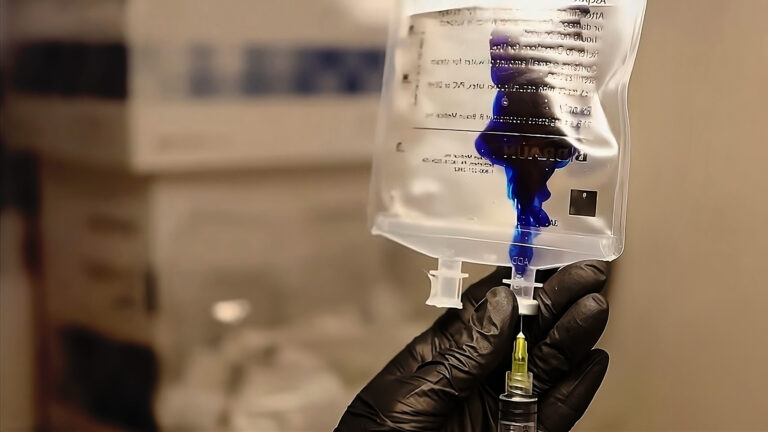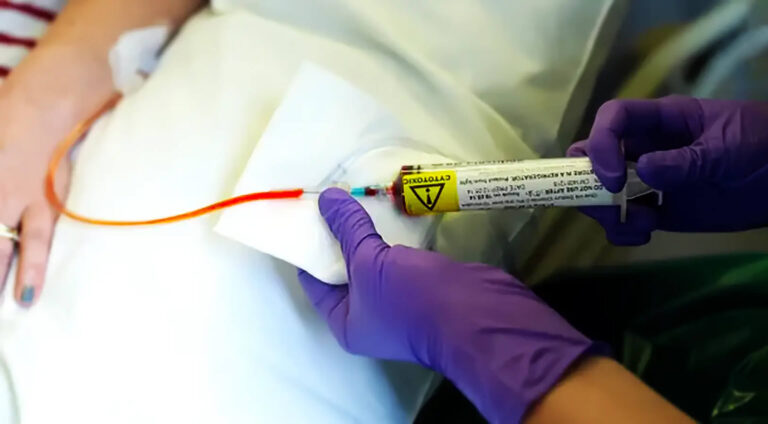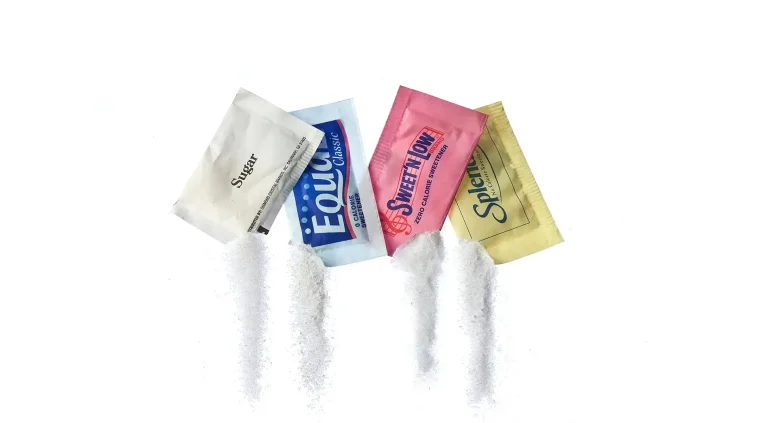The tale of Big Pharma- IG Farben
The part of Rockefeller monopoly on chemical and medicine industries came into fulfillment after WW2. Standard Oil and IG Farben cooperation made this into reality.
Milos Pokimica
Written By: Milos Pokimica
Medically Reviewed by: Dr. Xiùying Wáng, M.D.
Updated May 7, 2023“The liberty of a democracy is not safe if the people tolerate the growth of private power to a point where it becomes stronger than their democratic State itself. That, in its essence, is Fascism–ownership of government by an individual, by a group, or any controlling private power.”
-President Franklin D. Roosevelt
The part of Rockefeller’s monopoly on chemical and medicine industries came into fulfillment after WW2. And this is on a global scale, not the just US. Rockefeller and Rothschild’s cooperation made this into reality.
On the other side of the Atlantic, the international drug and chemical cartel, IG Farben, called “a state within a state” was created in 1925 as Interessen Gemeinschaft Farbenindustrie Aktien Gesellschaft, usually known as IG Farben, which simply meant “The Cartel.” IG Farben had an absolute monopoly in manufacturing all of the chemical products all the way to WW2. They were one if not the crucial financiers of the rearmament of Germany with a special interest in oil production for Germany’s new mechanized army.
It had first started in 1904, through the six main chemical companies in Germany started agreements to form one final cartel, merging Badische Anilin, Bayer, Agfa, Hoechst, Weiler-ter-Meer, and Griesheim-Electron. The main financing came from the Rothschilds, who remained represented by their German banker, Max Warburg, of M.M. Warburg Company, Hamburg. He later directed the German Secret Service through World War I and was a private economic consultant to the Kaiser. Meanwhile, the Kaiser was overthrown, after losing the war but Max Warburg was not exiled with him he was above politics as an agent of a higher power, so he never went to Holland. He instead became the economic consultant to the new government. He also represented Germany at the Paris Peace Conference. Max Warburg spent relaxing times rebuilding family ties with his brother, Paul Warburg, who, after conscripting the Federal Reserve Act at Jekyll Island, was controlling the U.S. banking system through the war. He was also present in Paris as Woodrow Wilson’s financial advisor.
Two brothers were controlling two different banking systems in countries that supposedly are at war with one another. Before World War II, Max Warburg served on the board of directors of IG Farben. His brother Paul Warburg served on the board of directors of I.G. Farben’s specifically owned by an American subsidiary. Warburg family was a prominent German and American banking family of German Jewish and originally Venetian Jewish descent at which point they bore the surname del-Banco. However at one time, the Warburg bank in Hamburg was about to collapse in 1857, and the Rothschilds injected vast amounts of money into it becoming the new owner of the bank. From this period forward M.M. Warburg Bank and its partners operated effectively as Rothschild fronts. The first member actually who was known to use the name “Rothschild” was Izaak Elchanan Rothschild, born in 1577. The name Rothschild in Yiddish means Red Coat. I.G. Farben quickly became a company that had a net worth of six billion marks, controlling more than five hundred firms.
While the Weimar Republic began to collapse, IG officials, seeing the writing on the wall, started a close cooperation with Adolf Hitler, providing enormous amounts of required funds and political influence. The progress of the I.G. Farben cartel had incited interest and spread to other industrialists as well. Henry Ford was fairly impressed and set up a German branch of the Ford Motor Company. IG Farben purchased forty percent of the stock. I.G. Farben next built an American subsidiary, called American I.G., in cooperation with Standard Oil of New Jersey. In 1930, Standard Oil declared that it had acquired a liquor monopoly in Germany, a deal that it had with IG Farben. It was already spreading into the European food industry. After the Nazi party came to power, John D. Rockefeller hired his own press agent, Ivy Lee, to Hitler to work as a full-time consultant on the rearmament of Germany. They had already decided to rearm Germany and to have WW2 so even back then necessary steps for setting up World War II had begun. Standard Oil next constructed large refineries in Germany for the Nazis and continued to supply them with oil during World War II. In 1939 Frank Howard, a vice president of Standard Oil visited Germany and made some arrangements. He later testified:
“We did our best to work out complete plans for a modus vivendi which would operate throughout the term of the war, whether we came in or not. “
Although his name is hardly known, Frank Atherton Howard was at that time one of the main agents that directed Standard Oil operations. He also was director of the research committee at Sloan Kettering Institute during the 1930s. He was a Rockefellers’ agent and was good at his job. His appointee at Sloan Kettering, Dusty Rhoads, managed the research that created chemotherapy. During WW2, Rhoads headed the Chemical Warfare Service in Washington at U.S. Army Headquarters. The same men researched a cure for cancer and chemicals for the killing of people in wars, which sounds familiar by now. Men who work for the Rockefeller syndicate. It was Frank Howard that influenced both Alfred Sloan and Charles Kettering of General Motors in 1939 to give large donations to the Cancer Center, which then took on their names. Frank Howard’s second wife was a leading member of the British aristocracy, the Duchess of Leeds. I am writing his marital status just so that we can understand who government, aristocracy, democracy, capitalism, and so on in reality is. It is all the same. Frank Howard was the key executive in managing relationships between Standard Oil and IG Farben working to coordinate the interest of both companies. He led the research in the advancement of artificial rubber, which was vital to Germany in the Second World War. He later even wrote a book, “Buna Rubber.” And IG Farben was also a direct supporter without any secrecy of the Nazi Party.
At a conference of German industrialists with Nazis like Hermann Goering and Heinrich Himmler, held on 20 February 1933, IGF contributed 400,000 reichsmarks to the Nazi Party. It was the largest single amount of the total sum of 3 million reichsmarks raised at this meeting by German industrialists for the Nazi Party’s election campaign. IG Farben contributed four and a half million reichsmarks to the Nazi Party in 1933; by 1945, I.G. had provided the Party 40 million reichsmarks, a sum which matched all donations by I.G. to all other beneficiaries during that period. Now let me ask this question. Do you think that American or English governments did not know what is going on and from where are the money coming from? They planned and financed the entire WW2 by design. For example without the clear help of Standard Oil, the Nazi air force would never be able to fly in the first place. The planes that made up the Luftwaffe needed tetraethyl lead gasoline in order to be able to fly. At the time, only General Motors, Standard Oil, and Du Pont had the ability to produce this vital substance. All companies outside of Germany. In 1938, Walter C. Teagle, the director of Standard Oil, accommodated Hermann Schmitz of I.G. Farben to obtain 500 tons of tetraethyl lead from Ethyl, a British Standard Oil subsidiary. One year later, Schmitz returned to London and purchased an extra 15 million dollars worth of value of tetraethyl lead. Then back in Germany that was turned into aviation gasoline for Luftwaffe.
It was in 1927 when Standard Oil and IG Farben founded the company „Standard IG Farben.” Standard passed to IG Farben the patents about the coal hydrogenation processes and the Germans gave them the patents on how to manufacture synthetic rubber. While the European powers wanted to avoid the growth of German industry after WW1, the US spent huge sums of money to rebuild Germany and never ratified the Versailles Treaty. Actually, not the government of the U.S. but the real deep state power behind it. They even sold German bonds in the US financial market. One of the most important was the “Union Banking Corporation” of George H. Walker. He named his son-in-law, Prescott Bush, grandfather of US President George W. Bush, director of the firm.
His grandson American President at the time George W. Bush was in the update 3.0 holding hands with the Israeli prime minister and talking about the unity of American and Israeli people in the “war of terror“ forgetting the fact that his grandpa Prescott was using Jewish slave labor in his steel labor manufacturing plant at the Auschwitz.
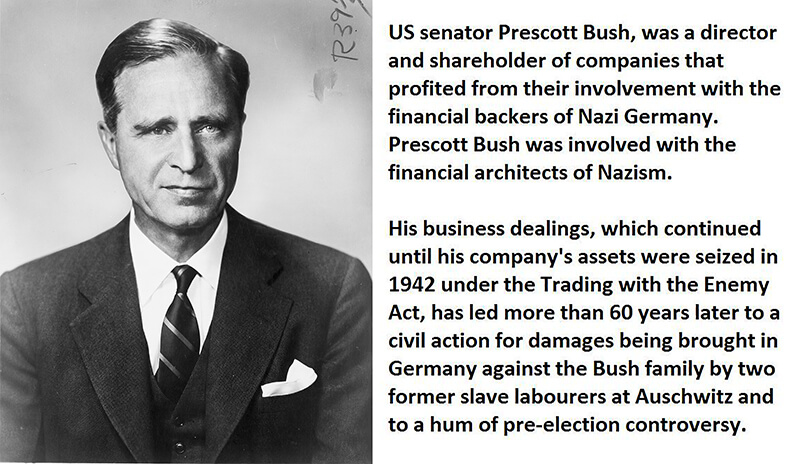
In update 1.0 Prescott’s father Samuel P. Bush longtime president of Buckeye Steel Castings company that was owned by Frank Rockefeller, the brother of John D. Rockefeller supplied parts for Edward Henry Harriman railroads which in turn provided rail shipments for John’s Standard Oil who in turn gets monopoly financing from the Rothschild’s. Samuel’s son Prescott was the managing director of a Nazi steel manufacturing plant in Poland called Celestion Consolidated Steel who in update 2.0 forwarded American financing to his German partner Fritz Thyssen through “Union Banking Corporation” in New York. Fritz Thyssen arranges a contract with IG Farben for free Jewish slave labor in the Bush steel labor manufacturing plant at the Auschwitz concentration camp.
In update 2 Prescott Busch and Averell Harriman (son of railroad baron E. H. Harriman, 48th Governor of New York, and a core member of the group of foreign policy elders known as “The Wise Men” and Skull and Bones member) get caught under the trading with the enemy act as the US government moves in and seizes all of the shares in Union Banking Corporation.
In update 4.0 Prescott’s son first George Bush is the director of the CIA. George pushes drug king Manuel Noriega on the CIA payroll and allowed tons of cocaine to hit the streets of America via the Panama Canal.
In update 5.0 George’s son the second George Bush becomes partners with Osama bin Laden’s older brother Salem bin Laden in a Texas oil company called Arbusto energy. Also in update 5, we have an introduction to George’s shady younger brother Neil Bush ripping off the elderly in the Silverado Saving and Loan scandal that cost US taxpayers 1,3 billion dollars.
In the final update 6.0, we have George W. Bush, the American President, visiting a death camp at Auschwitz to give a speech about “resisting the power of evil” where his grandfather helped build the Bush Family fortune on free Jewish slave labor. George Herbert Walker maternal grandfather of President George H. W. also got large contracts with the Germans, before and after 1933. On the board of his „Walkers American Shipping and Commerce Company” with its Hamburg-America Line was Emil Helfferich, member of „Freundeskreis Reichsführer- SS” and until the end of WW2 President of Deutsch-Amerikanische Petroleum Gesellschaft, later ESSO, and Vacuum Oil Company in Hamburg.
The main problem for Germany’s attack on the Soviet Union was the need for fuel for tanks and airplanes. Thanks to the patents of Standard Oil, the Germans could produce fuel from their own coal, but this was not enough. After the battle started in Europe, the English became annoyed about U.S. shipments of vital materials to Nazi Germany. Standard Oil instantly transferred the registration of its entire fleet to Panama to avoid British search or seizure. These ships moved to bring oil to Tenerife, where they refueled German tankers for shipment to Hamburg. This deception was exposed on March 31, 1941, when the U.S. State Department issued a full report on refueling terminals in Mexico and Central and South America. What happened then? Nothing happened. There is no report of any form of action being taken because this all was planned on a higher level than just the U.S. government.
A brief side note, however, is that on April 17, 1945, the Chase National Bank was put on trial in federal court on charges of having broken the Trading with the Enemy Act by changing German marks into U.S. dollars. Because multiple nations rejected German currency throughout the war, the Nazis used international banks like Rockefellers’ Chase National to exchange the currency into money that would be accepted like dollars, and this would then allow them to purchase much need materials further to prolong the war.
In the sense of the blunt opinions from Adolf Hitler himself on Jewish control in Germany, it would be challenging to explain the role of I.G. Farben in the Nazi era. Why? Because I.G. Farben was mostly controlled by Jewish bankers meaning Rothschilds in particular. During the 1920s it was accused by Nazis of being an “international capitalist Jewish company.”
Peter Hayes’s comprehensive study of I.G. Farben points out that in 1933 it had ten Jews on its governing boards and do not forget it was formed by Rothschild financing. The same company that had bought the patent for the pesticide Zyklon B, in the 1920s and later distributed it to the gas chambers of Auschwitz. Besides a synthetic oil and rubber plant at Auschwitz, the company also conducted drug experiments on live inmates. This apparatus utilized as much electricity as the entire city of Berlin, and more than 25,000 camp inmates died during its construction. I.G. Farben ultimately constructed its own concentration camp, known as Monowitz, which was closer to the factory in order to reduce the need to move already starving on the brink of death prisoners several miles lowering the efficiency of their work. The same company that gives us aspirin.
In the picture below, you can see the concentration camp constructed for the I.G. Farben Monowitz, and below the camp the headquarters of the I.G. Farben intact by war and the American bombs (not by accident).
Hingham’s book, “Trading with the Enemy,” gives extensive documentation of the Rockefeller’s activities during the Second World War.
While Hitler’s planes were dumping tons of bombs on London, they were spending money on royalties on gasoline they burned to Standard Oil, under existing patent agreements. After the war, Queen Elizabeth visited the U.S. She stayed in just one private home during her visit, the Kentucky estate of William Irish, of Standard Oil. Following the unbelievable destruction of most German cities from World War 2 air bombings, the I.G buildings remained intact by some miracle. The “dismantling” of IG Farben from 1945 to 1952 by the Allied Military Government, was a process similar to the “dismantling” of the Standard Oil empire by court edict in 1911. The Big Three created companies (Farben spin-offs) still behaved like a cartel.
Who owns them all? Who owns Bayer for example?
The answer is the international banking cartel. In 1939, while it became clear that Germany would soon be unpopular in the United States, Standard Oil helped I.G. Farben cover its American holdings in the drug and chemical field. The American IG was formed and transferred much of the finances to the US market by buying Winthrop Chemical, Grasseli Chemical Works (alias the General Aniline Works), the Agfa-Film Company, the Sterling Products Company, and the Magnesium Development companies. Standard Oil received 15% of the stock in the new German-American chemical trust. Efforts to hook the DuPont corporation into this merger partially failed. Among the directors of the “cover-up” company were Walter Teagle (President of the Standard Oil Company), Paul Warburg (Rothschild agent), and Edsel Ford. The board of American I.G. had three managers from the Federal Reserve Bank of New York. American I.G. also had interlocks with the Bank of Manhattan (later to become the Chase Manhattan), Ford Motor Company, Standard Oil of New Jersey, and A.E.G. (German General Electric). Three German not American members of the board of this American I.G. were found guilty at the Nuremberg War Crimes Trials. Among these Germans was Max Ilgner, director of the I.G. Farben N.W. Seven offices in Berlin, i.e., the Nazi pre-war intelligence office. With Pearl Harbor and the U.S. entering, WW2 American IG Farben chose to cover its German origin and alliances, with the help of Standard Oil. It converted its name to the General Aniline & Film Corporation shortly before the Pearl Harbor attack. Before doing this, American IG bought an undisclosed number of shares in the Monsanto Chemical, Drug Incorporated, Mission Corporation, Dow Chemical, Schering & Company, Ozalid Corporation, Antidolar Company, Aluminum Corporation, Standard Oil of California, Standard Oil of Indiana, Standard Oil of New Jersey, and the DuPont Company. It took over the Hoffman-LaRoche Company too. Under the Nazis, the German branch of the chemical corporation Standard Oil was simply a single firm. It was merged with hundreds of cartel arrangements.
I.G. Farben was led, up until 1937, by the Warburg family. Rockefeller’s agent in banking who helped design Nazi Germany eugenics and who was actually again just an agent for the Rothschild syndicate. Following the German attack on Poland in 1939, Standard Oil promised to keep the merger with I.G. Farben going even if the U.S. joined the war. The merger was probably planned by the Rothschild London banking cartel before the war. Rockefeller to some extent was representing the interest of the Rothschild family on the other side of the Atlantic but underlining is the same controlling force that financed all of this. When the American soldiers entered the manufacturing city of Frankfort, they remained amazed to discover the buildings in perfect condition and the huge plant of the German IG Farben Chemical Trust intact. American aviators completely demolished every other structure in town. Farben factory in Frankfort, one of the largest constructions there, miraculously remained intact. It was hardly accidental that the postwar government of Germany, the Allied Military Government, also established its offices in the I.G. Farben building. This administration was headed by General Lucius Clay, who later became a partner of Lehman Brothers. What the doughboys also didn’t know was that the Secretary of War, Robert P. Patterson, was a Rockefeller lawyer. He was appointed by President Roosevelt fresh out of Dillon, Read, and Company. The Dillon-Read company not only is a Rockefeller subsidiary but was the banking house that funded German IG Farben and tended to the commercial details of forming the American “cover-up” firm for the German chemical cartel.
In medicine, the Rockefeller cartel continues to protect its Medical Monopoly. Its control of the cancer industry is going through the Sloan Kettering Cancer Center. All of the major drug firms are funded, each by its executive from Chase Manhattan Bank, the Standard Oil Company, or other Rockefeller firms. The American College of Surgeons keeps control of hospitals through the powerful Hospital Survey Committee, with members appointed by and for representing Rockefeller control. On the other side of the Atlantic, it was the same thing.
BASF SE (Germany) – The largest chemical company in the whole world! In 2020 had a turnover of 60 billion euros.
Bayer I.G. (Germany) – One of the largest pharmaceutical companies in the world. Started as a dye company and consolidated into IG Farben in 1881.
Hoechst AG (Germany) – one of the largest pharmaceutical manufacturers in the world, now Sanofi–Aventis;
Sanofi–Aventis – (France), created by a merger in 2004 between Aventis(1999 merger of Rhone-Poulenc and Hoechst AG (IG Farben)) and Sanofi;
Wyeth – (USA) In 2002 was renamed from Sterling Drug Inc. (the American subsidiary of IG Farben) then merged with Pfizer in 2009.
Pfizer – (USA), Established in 1849 in New York. Bought out Warner-Lambert, Parke-Davis, Upjohn, Pharmacia (Monsanto), and Wyeth (the American subsidiary of IG Farben).
Agfa-Gevaert N.V. (Agfa) supplies hospitals and other care organizations with imaging products and systems, as well as information systems and industrial inkjet systems to the printing and graphics industries. Agfa-Gevaert’s commerce today is 100% business-to-business.
References:
Passages selected from a book: Pokimica, Milos. Go Vegan? Review of Science Part 2. Kindle ed., Amazon, 2018.
Related Posts
Do you have any questions about nutrition and health?
I would love to hear from you and answer them in my next post. I appreciate your input and opinion and I look forward to hearing from you soon. I also invite you to follow us on Facebook, Instagram, and Pinterest for more diet, nutrition, and health content. You can leave a comment there and connect with other health enthusiasts, share your tips and experiences, and get support and encouragement from our team and community.
I hope that this post was informative and enjoyable for you and that you are prepared to apply the insights you learned. If you found this post helpful, please share it with your friends and family who might also benefit from it. You never know who might need some guidance and support on their health journey.
– You Might Also Like –

Learn About Nutrition
Milos Pokimica is a doctor of natural medicine, clinical nutritionist, medical health and nutrition writer, and nutritional science advisor. Author of the book series Go Vegan? Review of Science, he also operates the natural health website GoVeganWay.com
Medical Disclaimer
GoVeganWay.com brings you reviews of the latest nutrition and health-related research. The information provided represents the personal opinion of the author and is not intended nor implied to be a substitute for professional medical advice, diagnosis, or treatment. The information provided is for informational purposes only and is not intended to serve as a substitute for the consultation, diagnosis, and/or medical treatment of a qualified physician or healthcare provider.NEVER DISREGARD PROFESSIONAL MEDICAL ADVICE OR DELAY SEEKING MEDICAL TREATMENT BECAUSE OF SOMETHING YOU HAVE READ ON OR ACCESSED THROUGH GoVeganWay.com
NEVER APPLY ANY LIFESTYLE CHANGES OR ANY CHANGES AT ALL AS A CONSEQUENCE OF SOMETHING YOU HAVE READ IN GoVeganWay.com BEFORE CONSULTING LICENCED MEDICAL PRACTITIONER.
In the event of a medical emergency, call a doctor or 911 immediately. GoVeganWay.com does not recommend or endorse any specific groups, organizations, tests, physicians, products, procedures, opinions, or other information that may be mentioned inside.
Editor Picks –
Milos Pokimica is a health and nutrition writer and nutritional science advisor. Author of the book series Go Vegan? Review of Science, he also operates the natural health website GoVeganWay.com
Latest Articles –
Top Health News — ScienceDaily
- Scientists find dark chocolate ingredient that slows agingon December 12, 2025
Scientists have uncovered a surprising link between dark chocolate and slower aging. A natural cocoa compound called theobromine was found in higher levels among people who appeared biologically younger than their real age.
- Nerve injuries can trigger hidden immune changes throughout the entire bodyon December 12, 2025
Researchers discovered that nerve injuries can alter the immune system throughout the body, and males and females react very differently. Male mice showed strong inflammatory responses, while females showed none, yet both transmitted pain-inducing signals through their blood. These findings reveal previously unknown pathways driving pain, especially in females. The work points toward new opportunities for personalized chronic pain therapies.
- NAD+ supplement shows early promise for long COVID fatigue and brain fogon December 12, 2025
Long COVID still affects people worldwide with stubborn symptoms like fatigue and cognitive issues. A clinical trial tested whether boosting NAD+ using nicotinamide riboside could help. Although overall group differences were limited, many participants showed encouraging improvements after taking NR for at least 10 weeks. The findings suggest NAD+ enhancement may offer symptom relief for some individuals.
- Stressed rats keep returning to cannabis and scientists know whyon December 11, 2025
Rats with naturally high stress levels were far more likely to self-administer cannabis when given access. Behavioral testing showed that baseline stress hormones were the strongest predictor of cannabis-seeking behavior. Lower cognitive flexibility and low endocannabinoid levels also contributed to increased use. The results hint at possible early indicators of vulnerability to drug misuse.
- Even moderate drinking carries a bigger cancer risk than you thinkon December 11, 2025
Researchers found that both how often and how much someone drinks significantly shape their cancer risk, even at moderate levels. Vulnerability varies across groups, with genetics, socioeconomic status, obesity, and lifestyle behaviors amplifying harm. The review also uncovered gender differences, beverage-specific risks, and biological pathways that intensify cancer development.
- Scientists uncover a hidden protein behind deadly mystery diseaseson December 11, 2025
Scientists discovered that the protein RPA plays a critical and previously unconfirmed role in stimulating telomerase to maintain long, healthy telomeres. When RPA malfunctions, telomeres can shorten dangerously, leading to serious diseases.
- Gene-edited CAR-T cells erase aggressive T-cell leukemiaon December 11, 2025
A cutting-edge therapy using base-edited immune cells is offering a major breakthrough for patients with one of the toughest forms of blood cancer, T-cell acute lymphoblastic leukaemia. By precisely rewriting tiny sections of DNA, scientists at UCL and Great Ormond Street Hospital created universal CAR T-cells capable of targeting the cancer without harming themselves—a long-standing challenge in T-cell–based therapies. Early trial results show deep, long-lasting remissions, including in […]
PubMed, #vegan-diet –
- Healthful and Unhealthful Plant-Based Diets and Their Association with Cardiometabolic Targets in Women Diagnosed with Breast Cancer: A Cross-Sectional Analysis of a Lifestyle Trialon December 11, 2025
CONCLUSIONS: Maintaining cardiometabolic risk factors within normal ranges is clinically relevant in BCS, and this may be more likely when a plant-based diet is consumed, especially if low in unhealthy plant foods.
- Dietary and Lifestyle Patterns and Their Associations with Cardiovascular and Inflammatory Biomarkers in Vegans, Vegetarians, Pescatarians, and Omnivores: A Cross-Sectional Studyon December 11, 2025
Background: Plant-based diets are associated with reduced cardiometabolic risk, yet the influence of lifestyle behaviors on these benefits remains insufficiently understood. Objective: To assess the combined impact of dietary patterns and lifestyle behaviors on body composition, lipid profiles, and inflammatory biomarkers in healthy young adults. Methods: In this cross-sectional study, 155 participants aged 18-39 years were categorized into four dietary groups: vegans (n = 48), vegetarians (n […]
- Functional and Nutritional Properties of Lion’s Mane Mushrooms in Oat-Based Desserts for Dysphagia and Healthy Ageingon December 11, 2025
Hericium erinaceus (Lion’s Mane mushroom) is a medicinal species recognised for its neuroprotective and antioxidant properties. This study investigated its potential as a functional ingredient in oat milk-based desserts formulated for individuals with dysphagia. Freeze-dried Lion’s Mane powder (LMP), containing high-quality protein (~16%, amino acid score 88%), dietary fibre (~31%), and phenolic compounds (72.15 mg GAE/g), was incorporated at varying levels using gelatin or iota-carrageenan […]
- “A football team with no midfield”: A qualitative analysis of anti-vegan stigma in Italyon December 7, 2025
A growing body of research has demonstrated the prevalence of unfavourable attitudes towards individuals who adhere to a vegan diet and has provided empirical evidence to support the existence of an anti-vegan ideology. The present study aims to contribute to extant knowledge by examining the social perception of veganism and vegans in Italy. Italy is a nation characterised by a traditional culture of food that serves as a significant catalyst for collective identification and national pride….
- Plant-based dietary index on the Mediterranean and a vegan diet: a secondary analysis of a randomized, cross-over trialon December 5, 2025
CONCLUSION: These findings suggest that, replacing animal products even with the “unhealthful” plant-based foods on a vegan diet was associated with weight loss.
Random Posts –
Featured Posts –

Latest from PubMed, #plant-based diet –
- Bioactive Nutritional Components Within the Planetary Health Diet for Preventing Sarcopenic Obesity and Diabetic Sarcopenia: A Systematic Reviewby Lia Elvina on December 11, 2025
CONCLUSIONS: PHD-aligned foods combining plant proteins, polyphenols, and fermented products strengthen nutrient sensing, mitochondrial efficiency, and cellular resilience, representing a sustainable nutritional framework for preventing and managing SO and DS.
- Ultra-Processed Foods Consumption, Mediterranean Diet Adherence and Sociodemographic Correlates in an Italian Adult Population: The UFO Surveyby Emilia Ruggiero on December 11, 2025
Background: Although national surveys report increasing ultra-processed foods (UPFs) consumption, updated estimates for Italy are lacking. Given the central role of the Mediterranean Diet (MD), understanding how UPFs contribute to the contemporary Italian diet is essential. This study quantified UPF intake in a convenience sample of Italian adults and examined its main sociodemographic correlates, including MD adherence. Methods: A web-based cross-sectional survey was conducted among Italian…
- High-Salt Diets, Intestinal Barrier, and Hypertension: A Mechanistic Review and the Promise of Dietary Therapyby Wenhao Si on December 11, 2025
Hypertension is a major public health problem worldwide, and high-salt diets are one of the main causes of hypertension. The intestinal mucosal immune system is the largest immune organ in vertebrates. Hypertension was associated with increased intestinal permeability and an inflammatory state. The bacterial communities attached to the intestinal mucosa played a significant role in the development and maturation of the autoimmune system, as well as inflammation and immunity to disease. In […]
- Health-Promoting Potential of the Mediterranean Diet and Challenges for Its Application in Aging Populationsby Marta Cianciabella on December 11, 2025
The Mediterranean Diet (MD) is a lifestyle that involves not only dietary habits, well known for their effectiveness in preventing health risks by supplying well-balanced foods rich in bioactive compounds, but also daily habits that improve the quality of life. Older adults represent a segment of the population that can particularly benefit from this dietary pattern. However, the specific characteristics and needs of older individuals require a critical analysis of aspects that may limit…
- Association of Mediterranean Diet Scores with Psychological Distress in Pregnancy: The Japan Environment and Children’s Studyby Yuri Takahashi on December 11, 2025
Background/Objectives: Perinatal mental disorders are important health issues that affect both mothers and their children. The Mediterranean diet (MD) is one of the most well-recognized healthy dietary patterns worldwide. Recent evidence suggests that MD may prevent or reduce the risk of perinatal mental disorders. This study investigated the association between MD adherence during pregnancy and psychological distress in a large cohort of Japanese births. Methods: Data were obtained from […]
- Protective Role of Ginsenoside F1-Enriched Extract (SGB121) in Metabolic Dysfunction-Associated Fatty Liver Disease (MAFLD)by Bo Yoon Chang on December 11, 2025
Introduction/Objectives: Ginsenoside F1, a pharmacologically active saponin derived from Panax ginseng, exhibits diverse bioactivities, but its use is limited because it is difficult to purify and has high production costs. To overcome these challenges, a ginsenoside F1-enriched extract named SGB121 was developed. This study aimed to evaluate the therapeutic efficacy of SGB121 in a high-fat, high-carbohydrate (HFHC) diet-induced metabolic dysfunction-associated fatty liver disease (MAFLD) […]

